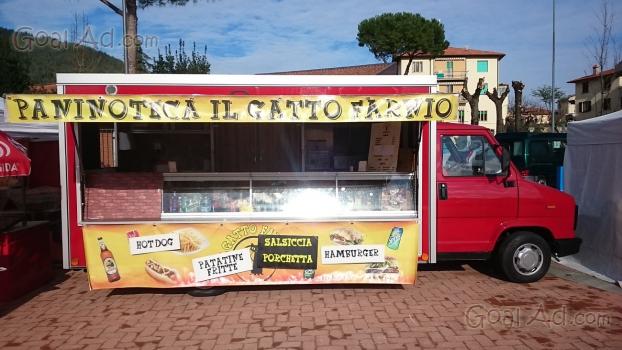Its main disadvantages are high cost and poor power efficiency. For thermoelectric modules, it is standard to use coefficient of performance, not efficiency. The coefficient of performance (COP) is the amount of heat pumping divided by the amount of supplied electrical power. In other words, COP tells you how many units of heat pumping you will get for each unit of electrical power you.
Double the heat flow and the required power almost quadruples, so efficiency is 1 per module or overall.

In parallel, devices with. The first part of this video went MIA, sorry. Anyway, this is an experiment I did after learning a few bits and pieces. Seebeck effect to pump heat. Because the heat sink has to fit into the application by its form and dimensions, the efficiency of the TEC controller plays also a crucial role, . The heat in the module is carried by large heat sinks with fans, delivering increased efficiency.
They will consume more power than they transport!

Others have more heat pumping capacity (Qmax) for any given size through the use of shorter thermoelectric elements or higher element packing densities. The higher DTmax is useful for reducing power consumption and achieving ultimate performance when you need a high temperature from the cold plate to the heat sink . Read More















